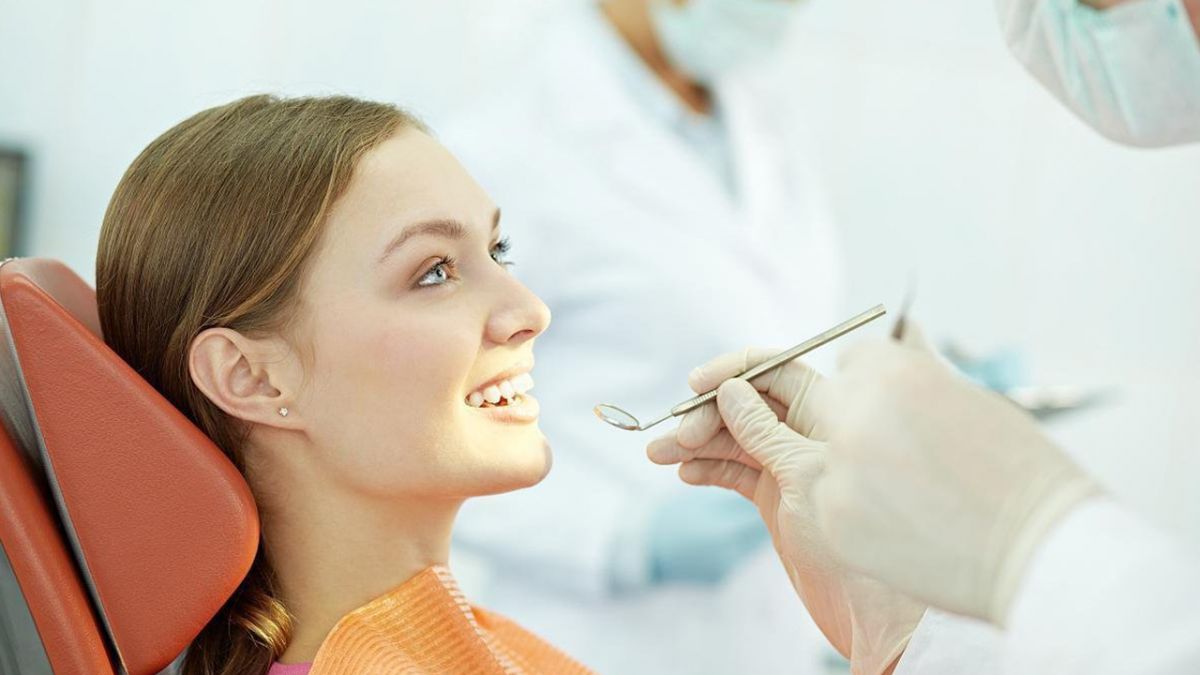Advertisement
There are hundreds of types of bacteria in the oral cavity, and a significant number also reside in saliva. If a tooth is damaged, the bacteria present in the mouth may infiltrate the pulp tissue through the dentinal tubules in the damaged tooth structure. Clinically, the most frequent cause of pulpitis and periapical disease is dental caries, commonly referred to as "cavities." Cavities compromise the integrity of the tooth surface, allowing bacteria to access the dentinal tubules within the hard tissue of the tooth, creating a pathway for bacteria to enter the pulp tissue. This is the most common mechanism for pulp and periapical diseases.

Another common cause is trauma. For instance, during activities like playing basketball, cycling, or walking, an accidental fall or impact may result in a fractured tooth. When the dentin is exposed, it provides an entry point for bacteria in the environment to infect the pulp tissue, leading to pulpitis.

In addition to trauma, severe periodontal disease can also lead to pulpitis. In cases of advanced periodontal disease, large amounts of microorganisms colonize the periodontal pockets. These bacteria can enter the pulp tissue not from the top of the tooth, but through lateral accessory canals or the apical foramen, in a retrograde manner, causing pulp infection and subsequently leading to pulpitis.

Advertisement